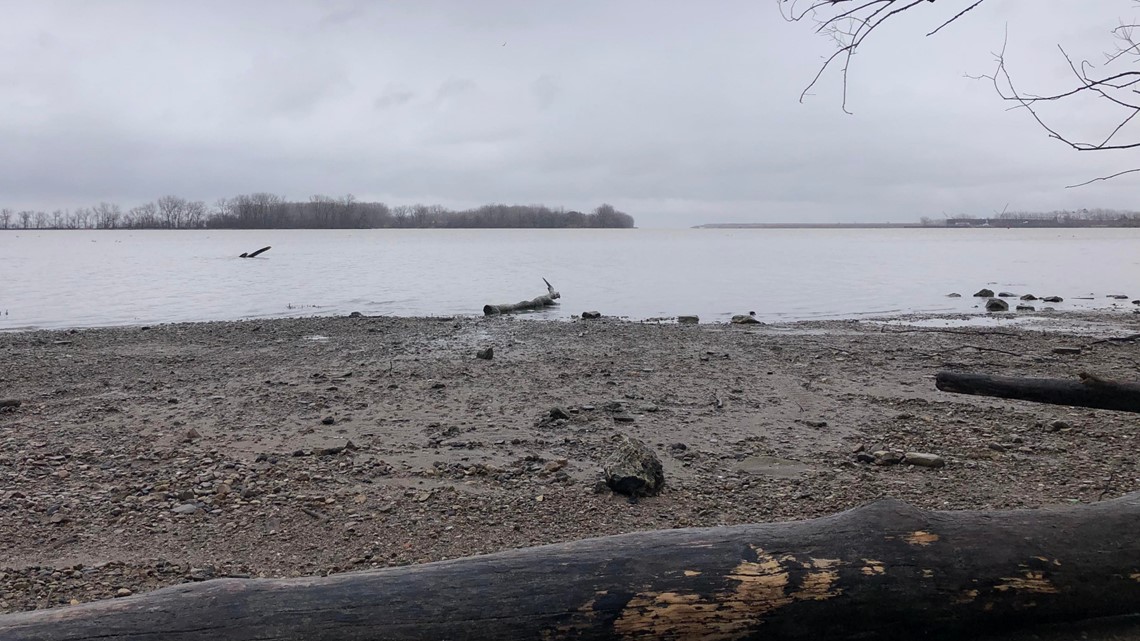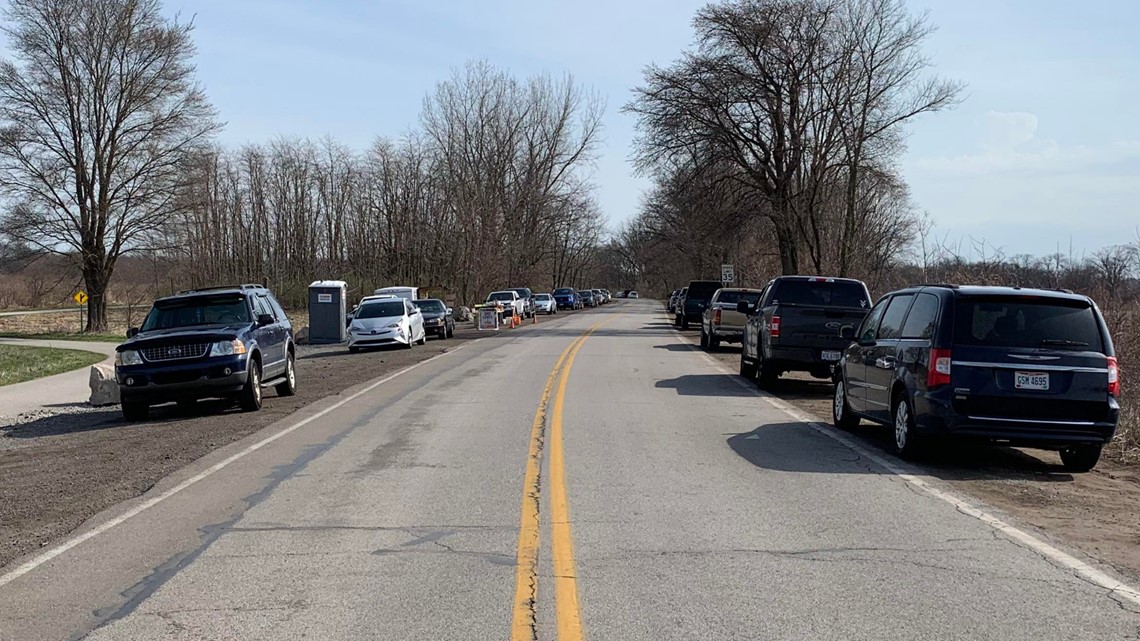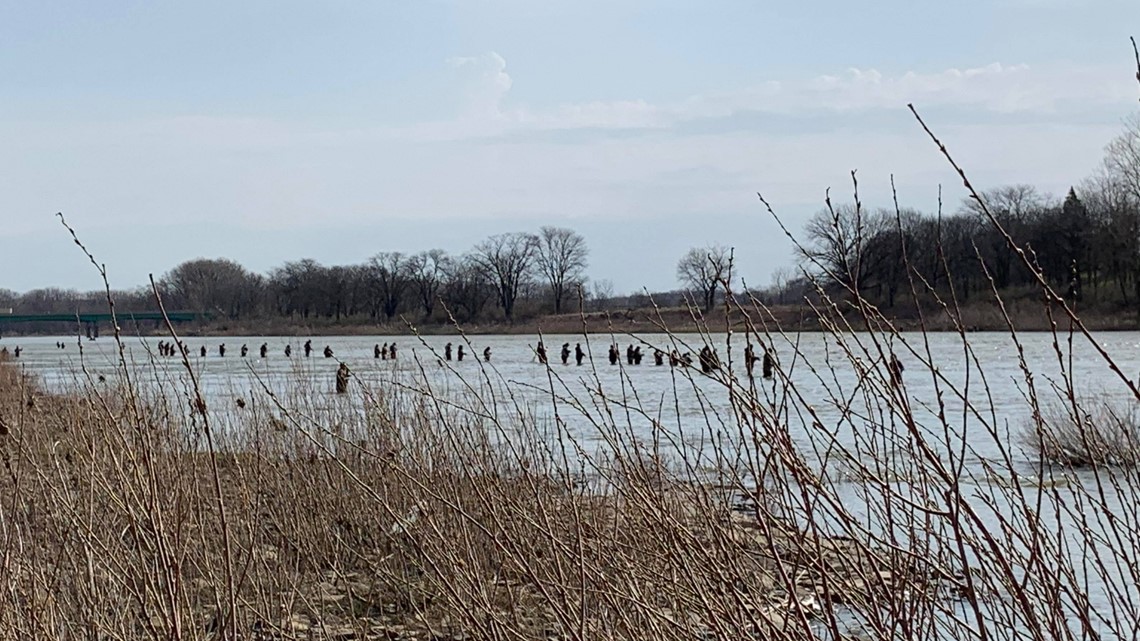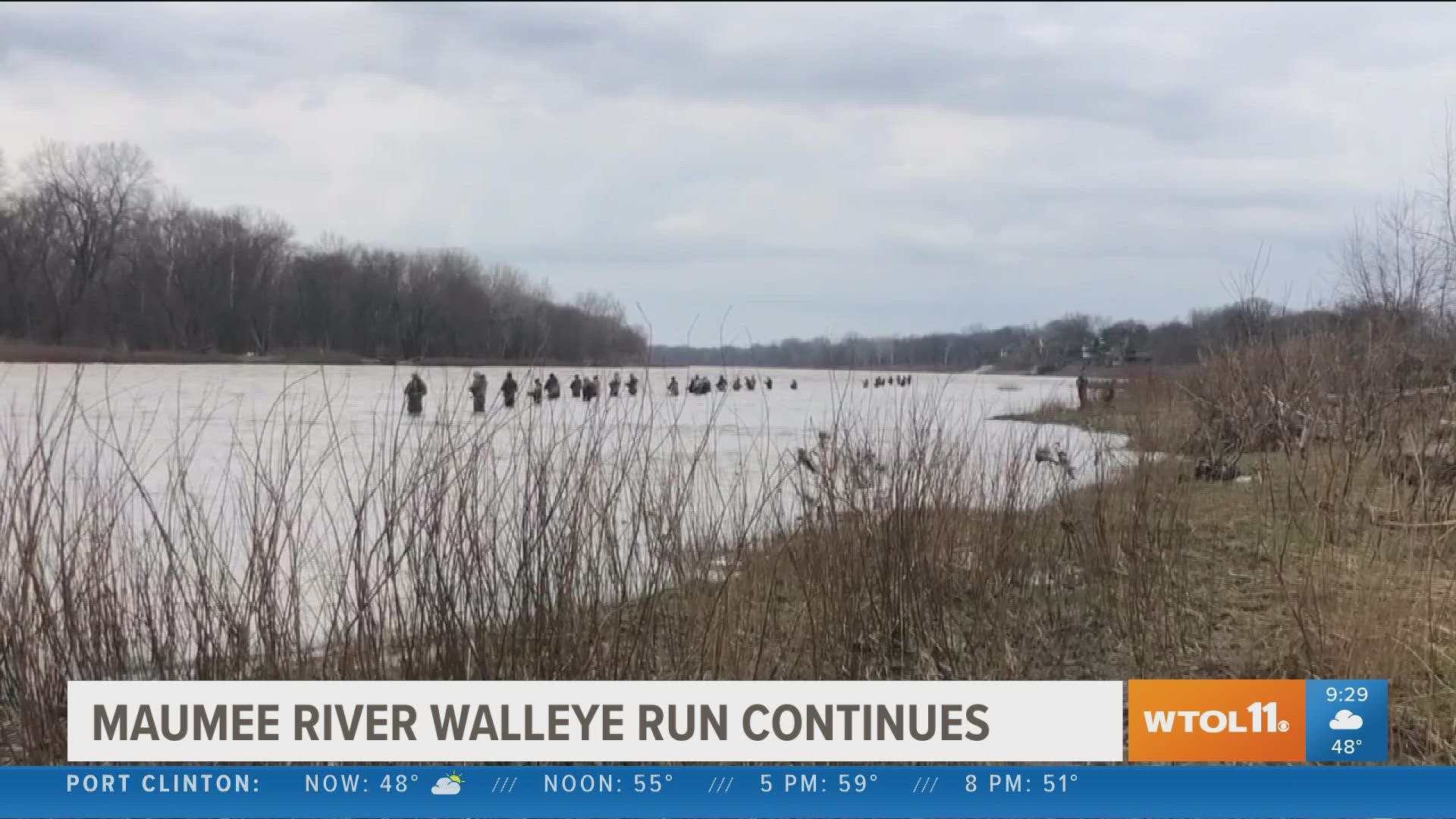MAUMEE, Ohio — The walleye run was a natural phenomenon that I had never heard of before. Growing up in the Dayton area, I (obviously) had very little knowledge of the natural events of Lake Erie and the Maumee River.
Eventually coming up to northwest Ohio for school, and getting a job at a local news station exposed me to this unique culture phenomenon called the walleye run.
In simple terms, the walleye run is the annual migration of fish, specifically the walleye, from Lake Erie into the Maumee River for spawning.
But, it's not that simple.
The natural event has drawn eyes to our area and is a point of emphasis for Scott Carpenter, director of public relations for the Metroparks.


"When we think of spectacular natural areas we think of Alaska or other places around the world. We live in a pretty special place too. We have Lake Erie, we have the Maumee river, which is the largest river flowing into the Great Lakes, and we have these wonderful natural phenomena like the walleye run that is going on right now."
Carpenter explained how this event brings a mass of fishermen to the Maumee River.
If you go down to River Road, which is parallel to the Maumee River, you will see cars and trucks lining the side of the road and fishermen hiking into the mud to reach the river. Once there the fishermen wade into the water, they find a place to stand and cast.


People come from all around the country to take part in the walleye run. A fisherman from Texas explained recently how the walleye fishing brought him to northwest Ohio.
"That they’re spawning and they’re here, and I’m here," he said. "It’s a good opportunity to come out and experience Maumee River fishing and catch some walleye. They only run a month and a half or so and I came out all the way from Texas to see this."
So, the walleye run is a natural event that draws a pilgrimage of fishing enthusiasts to our area. But it leaves the question: What are the walleye actually doing under the water's surface? What is prompting their migration?
"The fish swim upstream to cast their eggs where they hatched in the rapids," Carpenter said. "Then those young fish, or fry, wash out into the lake and make a contribution to our walleye capital."
While fishermen wait in the water in long, snaking lines, each of them cast their own line trying to snare a fish.


Yet, for many, it’s more than just standing and waiting to catch a fish. Two fishermen, who were preparing their equipment and getting into their waders, explained what draws them to the walleye run.
Yet, within each fisherman who wades into the water there is a deep thrill and love they have for fishing.
"Down here you just never know," one said. "You’re going to cast out there, and you might be getting a little bite and you get a little snag, and you think you got a fish, and it’s the excitement. You just don’t know what you’re going to get. You could get a 15-inch walleye or get a 25-inch walleye. You don’t know. That’s the excitement you’re out there fishing. That’s the excitement. That’s the fun part."
So the walleye come and go, and the fishermen leave with them.
The migration of fish will die down, the fishermen will pack up their things and River Road will become much less busy.
But one thing is certain, the fish and the fisherman will definitely be back next year.
Andy Larson is a digital producer for WTOL 11.

